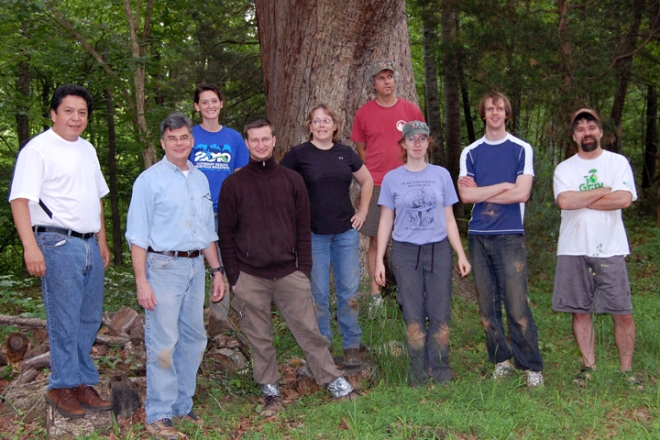Been waiting on a decision on a long developing story for the past few weeks. We first began watershed level sampling of the roots and rhizosphere of Populus deltoides in the Spring of 2010. Took us until about the Spring of 2011 to get all the microbial sequence data collected. About another 6 months for Migun Shakya’s data analyses to come to near fruition. Then several more months of drafting, redrafting, and refining his paper (I think we made it V7 before submission). The accepted version is linked here on PLoS ONE.
Apparently the work paid off! Just got an acceptance letter from PLoS One unlike any I have ever seen. Two reviews, nothing but praise. Literally, NO changes from either peer reviewer. The editor requested one. We apparently forgot to reference Supplemental Figure 5 in the text. After telling the news to a colleague down the hall, he told me something like “You might as well retire now. Not going to get much better than that!”
Back when we were doing the sampling, we came up with a nickname for the team. Deltoides Force! Picture Chuck Norris in a classic action pose, but then instead substitute ecologists wielding shovels, tree ring corers, and archeological trowels to excavate root systems.
Anyway, Deltoides force, congratulations! May we reunite for a sequel performance soon!

The spring 2010 sampling team shortly after finishing our last sampling/tree of the trip along the Yadkin River in North Carolina (We are not normally this clean in the field, some of us changed for the trip home!)
![Andrii_Coring[6]](https://schadtlab.files.wordpress.com/2013/08/andrii_coring6.jpg?w=660&h=992)
Andrii fighting with the tree ring corer.

Greg, Jessie and Cassandra in the process of excavating a tree root.
